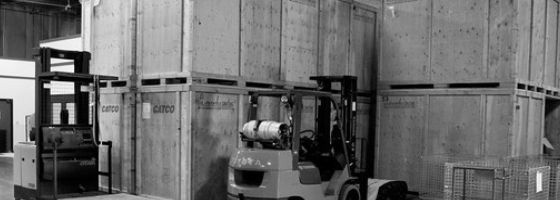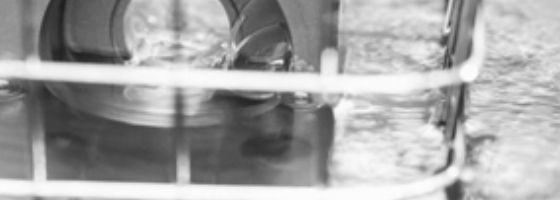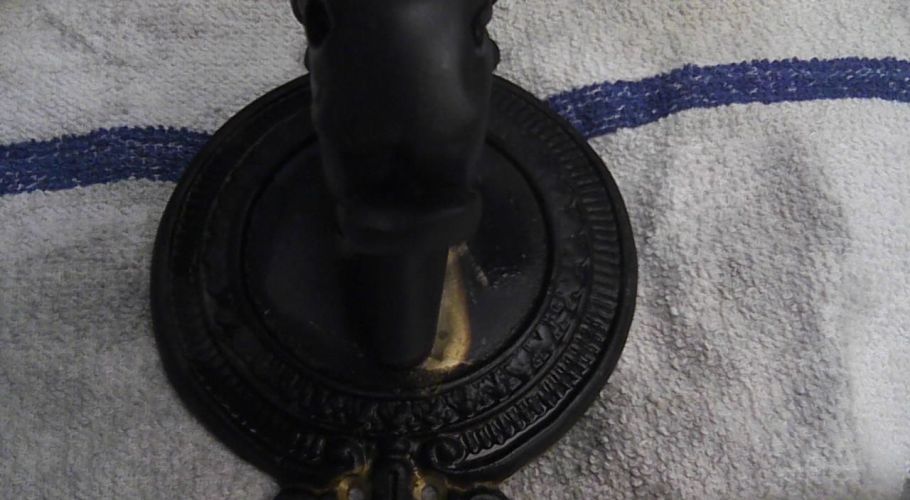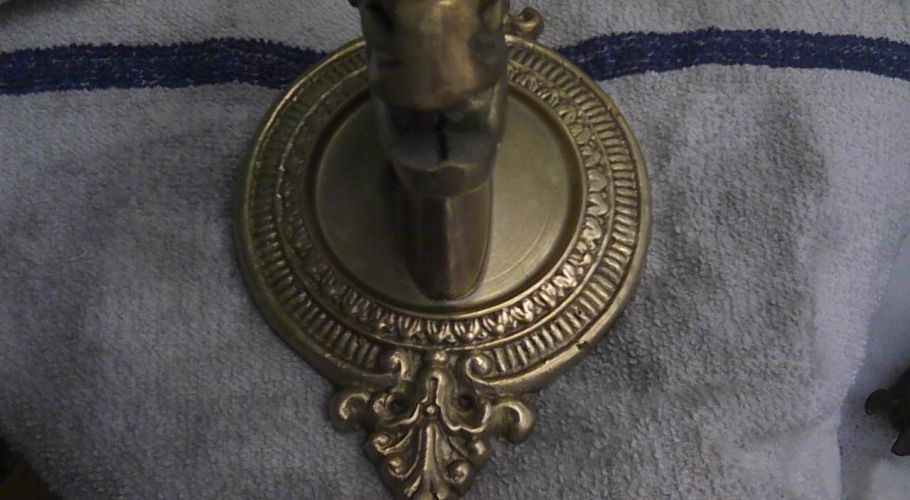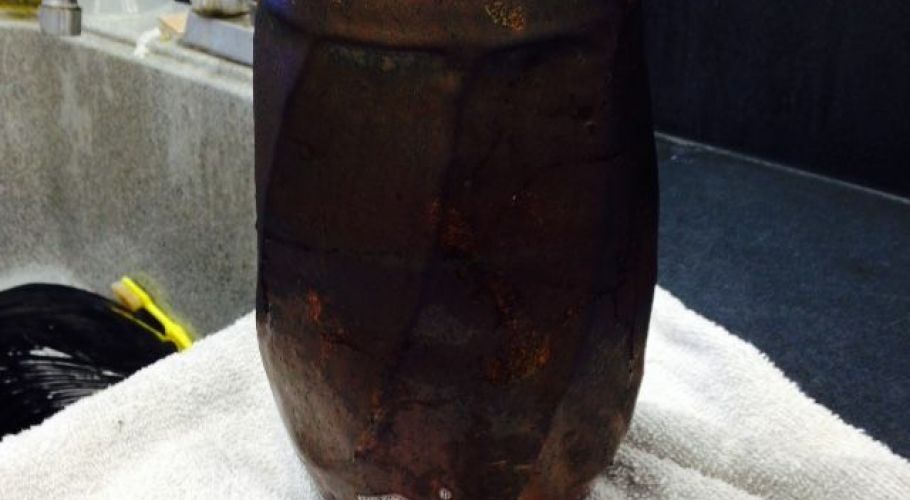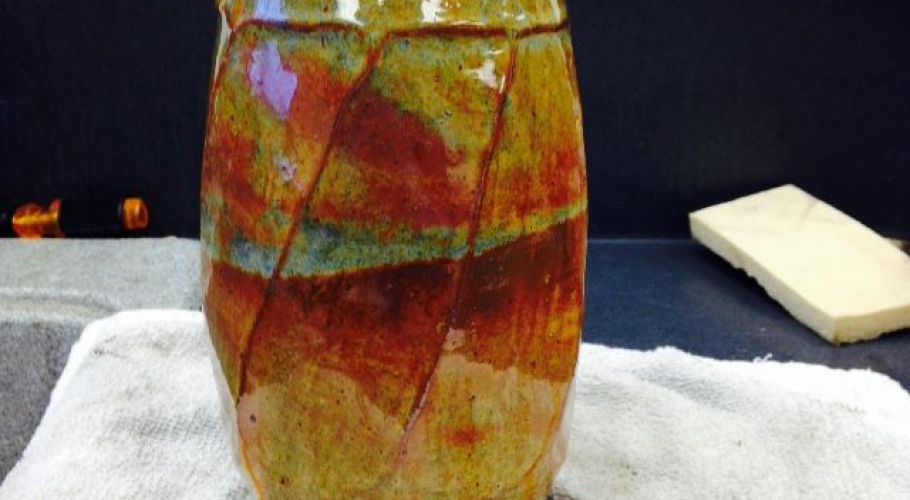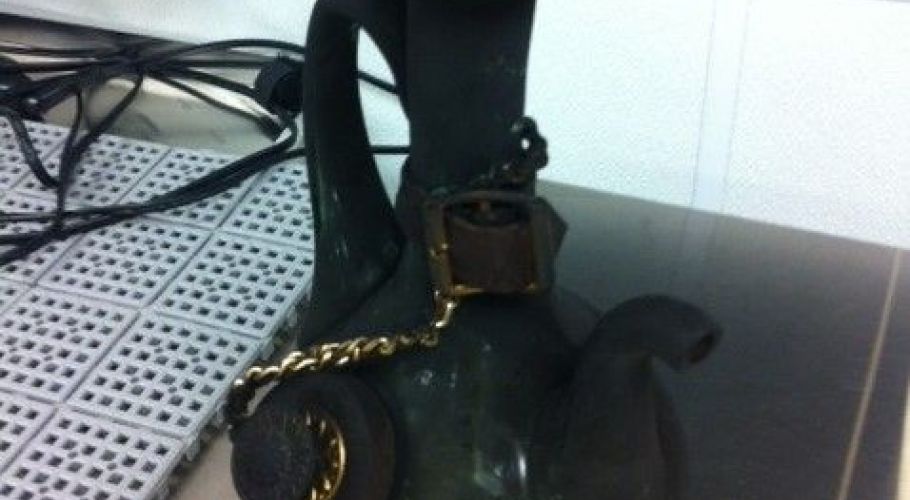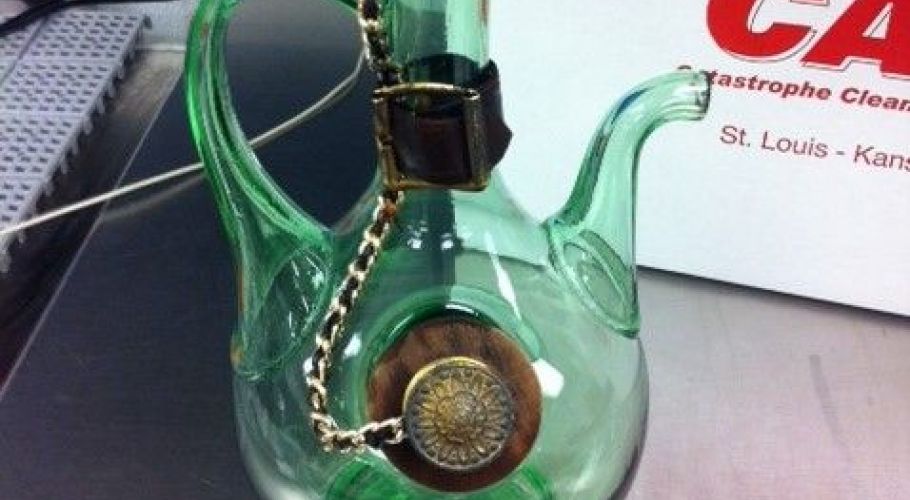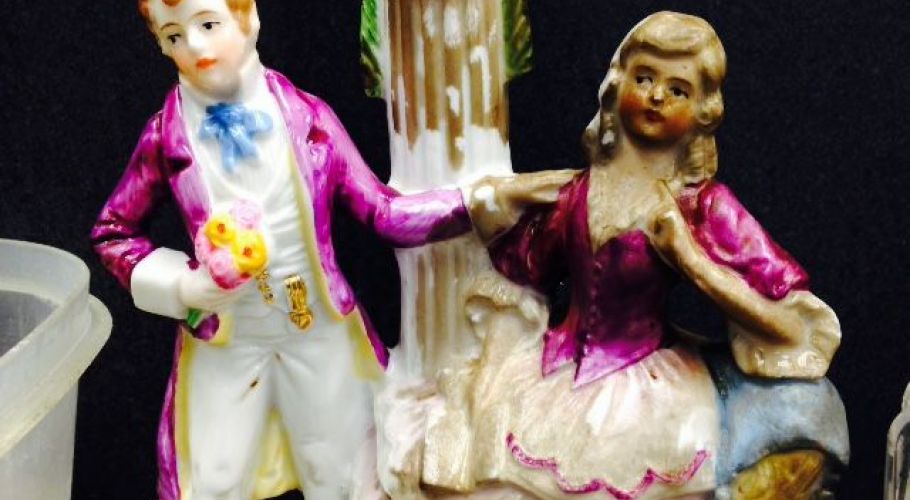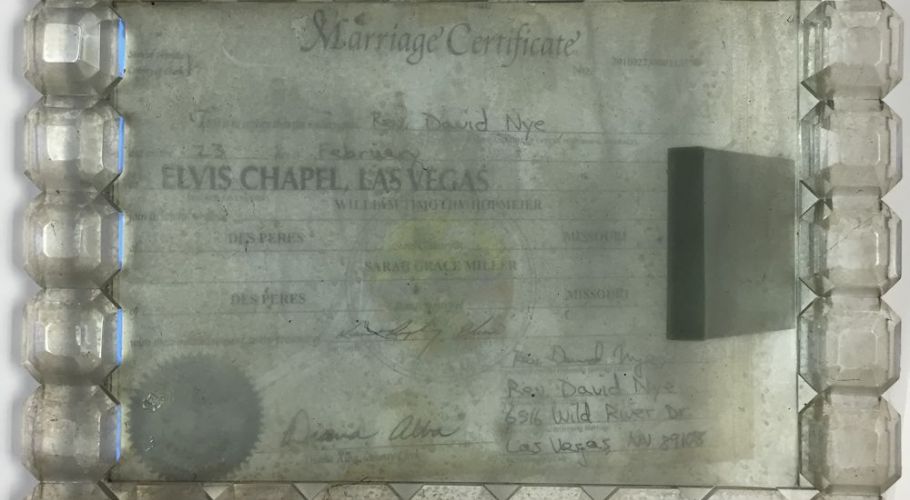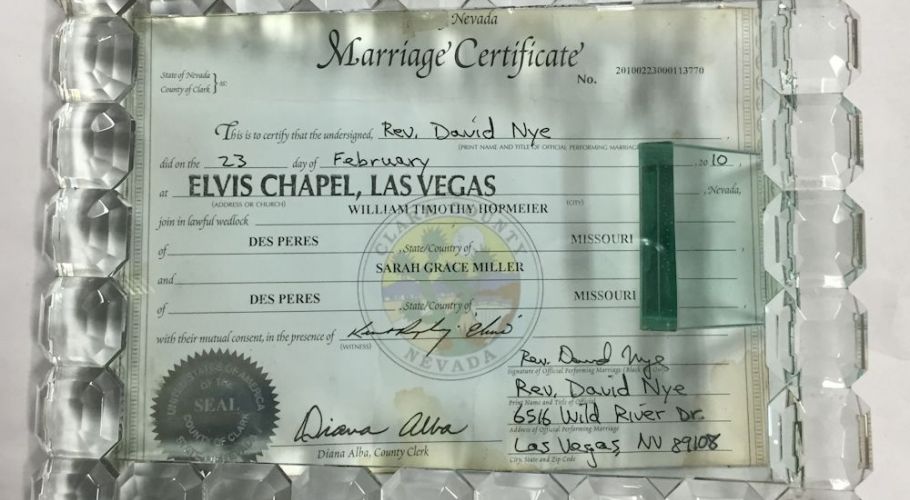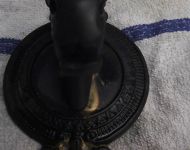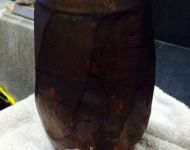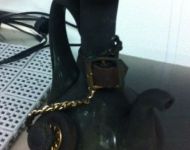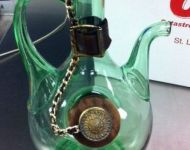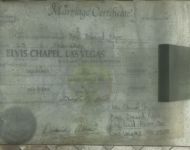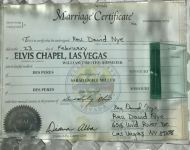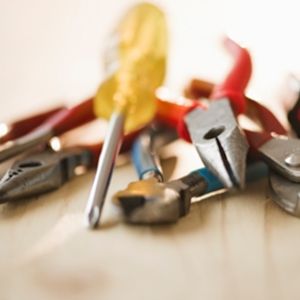Business owners and property managers need a restoration partner who understands what is at stake. The experts at St. Louis Contents have been assisting property owners and in-house engineering professionals with equipment and machinery restoration for years.
Taking prompt action, establishing a dry, stable environment will be our team’s first priority. By stabilizing the environment, we are able to prevent further damage and will work quickly with you and your equipment vendors to develop restoration protocols to effectively mitigate, treat, and stabilize all types of equipment.
Power off
Immediately, items should be powered down if it is safe to do so. Items should be powered down if it is safe to do so. However, any equipment that is not currently on or running should not be tested, turned on, or touched if possible as further damage or stains (caused by the reaction of soot with oils on hands) may occur.
Metals
Smoke residues, water, and moisture in the air can cause harmful corrosion. Our initial mitigation processes can halt and often reverse the damage caused by corrosion, oxidation, and flash rust common to metals.
Plastics
Molded plastic cases and components can also be easily and adversely affected in a fire or water emergency. Acting quickly, our restoration experts can limit and sometimes reverse the pitting and yellowing of various plastic components used in equipment or machinery molds.
Water Damage
Following a water emergency, our team will work quickly to rinse your equipment and machinery, thus removing harmful residues and allowing for proper drying. In the instance that the water damage was caused by flood waters or sewage leaks or spills, we will take additional precautions to protect your equipment from the containments inherent in those substances, which may cause additional corrosion.
Fire Damage
In instances of fire emergencies, corrosion may vary depending upon the intensity of the fire and resulting residue. This, combined with the added effect of fire suppression efforts, will require additional cleaning procedures such as immersion, spray, or swab cleaning with non-ionic detergents, deionized water, and/or ultrasonic cleaning baths.
Addressing OEM Specifications
Our goal is to put your business back in working order. To do this, and to insure that your equipment and machinery are meeting the original equipment manufacturer’s specifications, our technicians will work with you to determine the final controls and quality measures necessary to recertify, re-commission, or recalibrate equipment and components when the restoration and decontamination process is complete.





 Emergency Response
Emergency Response


